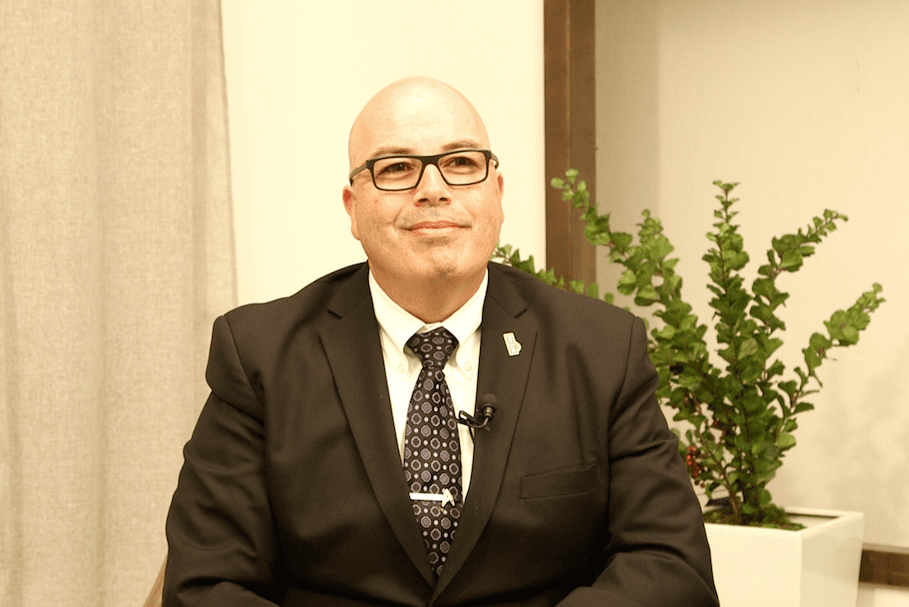SAN JOSE, Calif.—A recent homicide in San Jose that was allegedly committed by an illegal immigrant has sparked debate over the sanctuary policy of Santa Clara County.
Carlos Arevalo Carranza is accused of stabbing Bambi Larson to death in her home on Feb. 28 in the Thousand Oaks neighborhood of South San Jose.





